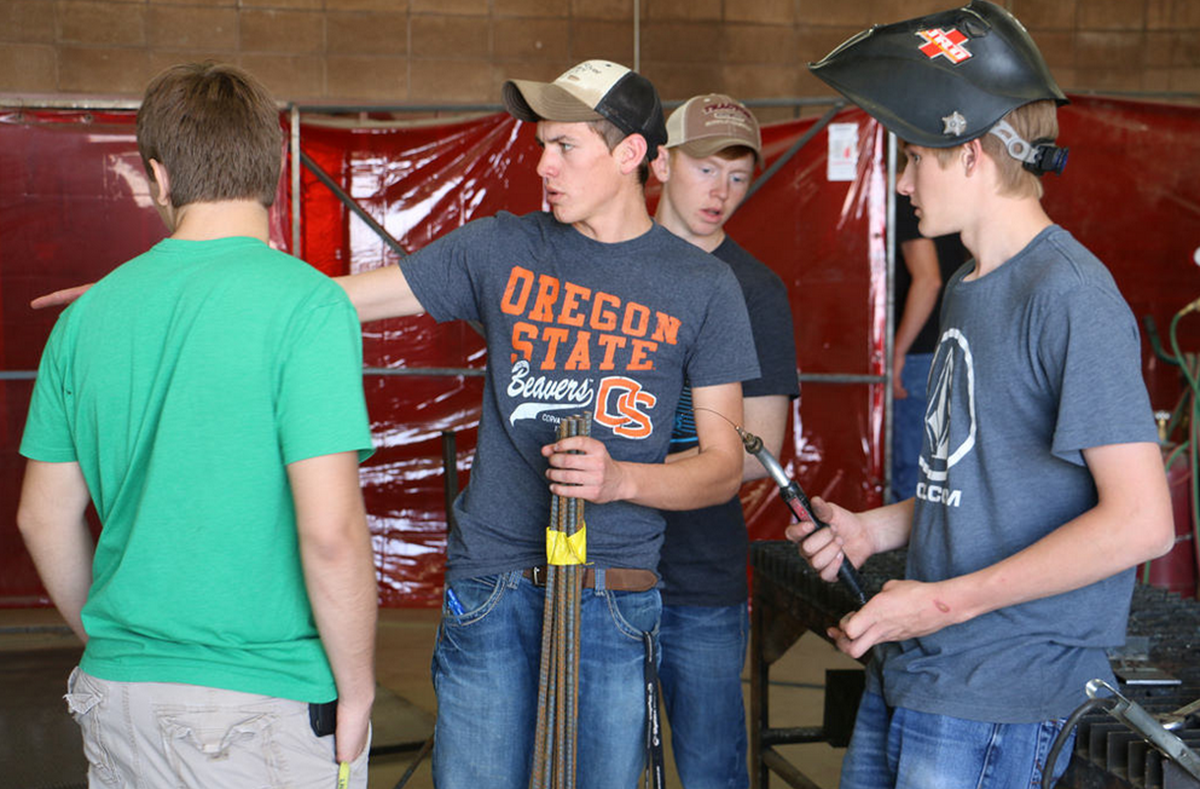The average American college student graduates with $30,000 in debt, and the cost of college has more than doubled since 1985 even after accounting for inflation. Unfortunately, due to a lack of other options, many students feel forced into this expensive system even when they can’t afford it or don’t really need a traditional college degree to pursue their future goals.
But an apprenticeship program recently profiled by the Wall Street Journal could offer an example for future programs to follow. It shows how to offer accessible, affordable, and practical jobs training to the millions of young people our current higher education system is failing.
Known as “FAME,” the Federation for Manufacturing Education, the program was founded in 2010 by manufacturing employers struggling to find suitably skilled employees. It now works with community colleges and almost 400 employers across 13 states.
“Students of FAME—a mix of new high-school grads and older factory workers well into their careers—typically spend two days a week in class and three days on the factory floor, earning a part-time salary,” the Journal reports. “They learn to maintain and repair machinery; traditional subjects such English, math and philosophy; and soft skills such as work ethic and teamwork.”
“After earning an associate degree, most work full time for the factories that sponsored them,” the report continues. “FAME graduates fill what might be called ‘grey-collar’ jobs, which involve both traditional blue-collar manual labor and the kind of critical thinking and communication typically associated with a four-year degree.”
How Apprenticeship, Reimagined, Vaults Graduates Into Middle Class - WSJ https://t.co/xIlcPQfqAo
— Nell Henderson (@NHendersonWSJ) October 19, 2020
The Journal profiled one man who benefited from the program, Ricky Brown, a father of two and highschool drop-out. He went through the program a few years ago and now earns $72,000 annually working at an aluminum factory.
“I wanted to show my kids anything’s possible if you just want it and try hard enough,” he said.
Brown is not an outlier. Rather, his success story is emblematic of the program’s broader results. A whopping 97 percent of FAME graduates said they made the right decision by participating, and 81 percent of graduates said they would recommend it to a friend.
This stands in stark contrast to some types of traditional higher education. An astounding 75% of humanities majors and 73 percent of social science graduates regretted their education, according to one Payscale survey.
A new study from Opportunity America and the Brookings Institution provides empirical support for the program’s ability to achieve results for apprentices. It compared FAME participants to a control group of non-FAME participants of similar ages, demographics, and backgrounds, including those who were enrolled in regular associate or bachelor’s degree programs.
It found significantly higher degree completion and graduation rates among participants. Moreover, it found big leaps in income for those who participated in FAME.

“One year after completing a KCTCS program, FAME graduates' median earnings were $59,164 a year, compared with $36,379 for non-FAME participants,” the Opportunity America study notes. “Five years after completion, FAME graduates were earning nearly $98,000, compared to roughly $52,783 for non-FAME participants—a difference of more than $45,000 a year.”
How’s that for a return-on-investment?
Of course, none of this is to say that traditional college education isn’t worth pursuing. For many people, it still is, and that’s unlikely to change any time soon. But it is clear that we need affordable, practical alternatives to higher education—and we’ve just discovered a great example of what that can look like.

